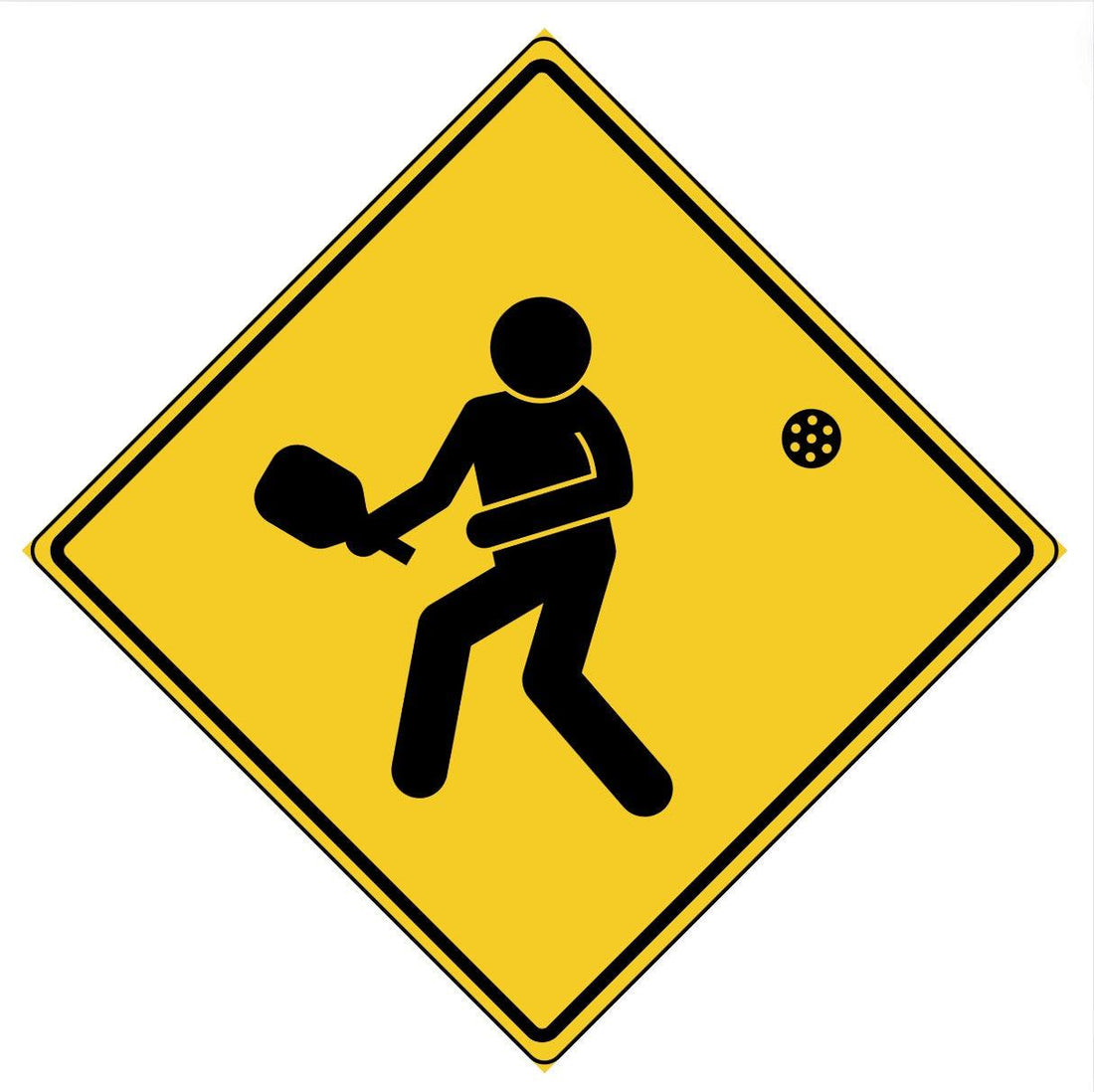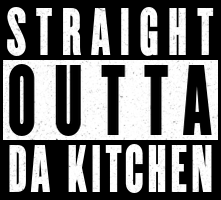
Pickleball Serve Return: Strategies and Techniques
Share
The serve return in pickleball is a pivotal moment in every rally. A well-placed return can quickly shift the momentum of the point in your favor, while a weak or inconsistent return leaves you vulnerable to your opponent’s next shot. Whether you’re a beginner or a seasoned player, refining your serve return strategy can significantly elevate your game. Here’s a breakdown of key strategies and techniques for a successful pickleball serve return.
1. Positioning: Stay Ready and Balanced
Proper positioning is the foundation of a strong serve return. Stand just behind the baseline with your knees slightly bent and paddle ready at waist height. This stance gives you the flexibility to move forward or sideways and react to different types of serves.
Ready position: Stay alert, with your weight on the balls of your feet. This helps you quickly pivot and step into the return.
Staggered stance: Place your non-dominant foot slightly ahead of the other for balance and quicker movement.
2. Footwork: Stay Light and Mobile
Effective footwork is essential for reaching the ball in time and setting up a controlled return.
Split step: As your opponent hits the serve, execute a small split step by slightly hopping and landing on the balls of your feet. This helps you react to the ball’s direction.
Side shuffle: Move laterally, keeping your body square to the net while tracking the serve. Avoid crossing your feet, as this can slow down your recovery.
3. Target the Deep Return
One of the most important strategies in pickleball is to aim for a deep return, ideally landing near your opponent’s baseline. A deep return forces your opponent to stay back and prevents them from rushing the net, which is a key objective in pickleball rallies.
Aim for depth: Return serves deep into the court, at least a few feet from the baseline. This pushes your opponent back and gives you time to approach the kitchen line.
Avoid the middle: While it’s tempting to hit down the middle, avoid sending predictable returns there. Targeting the sidelines or deep corners keeps your opponent off-balance.
4. Approach the Net Quickly
After executing your serve return, the next goal is to approach the non-volley zone (kitchen) quickly. This allows you to take control of the point and be in a more advantageous position for volleys and dinks.
Move with purpose: Once you hit your return, start moving toward the net immediately. Even if your return isn’t perfect, closing the gap between you and the kitchen will help neutralize the opponent's next shot.
Be cautious: If your return is shallow, avoid rushing to the net too quickly. A well-placed passing shot could exploit your position if you’re too far forward.
5. Pickleball Paddle Control: Keep It Simple
Focus on paddle control rather than trying to generate excessive power. The goal is to place the ball effectively, not to overpower your opponent.
Paddle face: Keep the paddle face open for a more consistent return, especially when dealing with low or fast serves.
Follow through: Maintain a steady follow-through after contact to ensure control. This will help with the placement and depth of your return.
6. Vary the Pace
Mixing up the speed and spin of your returns can disrupt your opponent’s rhythm. A combination of fast, deep returns and softer, high-arching ones can force errors.
Lob returns: Occasionally hit a high, arcing lob to give yourself more time to reach the net and force your opponent into awkward overhead shots.
Low, fast returns: Use a low, fast-paced shot to catch your opponent off guard, making it harder for them to control their next shot.
7. Target Your Opponent’s Weakness
If your opponent has a known weakness, whether it’s their backhand or a slow approach, exploit it. A consistent return to their weaker side can put pressure on them and lead to mistakes.
Backhand target: Many players struggle with backhand returns, so aim for that side when possible.
Body shots: Occasionally aim directly at your opponent’s body to limit their ability to take a clean swing.
8. Stay Mentally Sharp
A successful return game requires mental focus. Stay calm, composed, and ready for each serve. Anticipate your opponent's tendencies and adjust your return strategy accordingly.
Pre-serve observation: Watch your opponent's body language and paddle position to predict the type of serve they might deliver.
Adapt mid-game: If your opponent adjusts their serve, be ready to alter your return strategy. Flexibility is key in high-level pickleball.
Conclusion
The pickleball serve return is more than just getting the ball back in play—it’s an opportunity to gain control of the rally. By focusing on positioning, footwork, targeting deep returns, and approaching the net effectively, you can significantly improve your return game. Whether you aim for consistent depth, mix up your shots, or exploit your opponent’s weaknesses, these strategies will help you elevate your performance and dominate on the pickleball court.
Looking for the best pickleball gear? Check out our Straight Outta Da Kitchen Shop for top-rated apparel and accessories to elevate your game!
